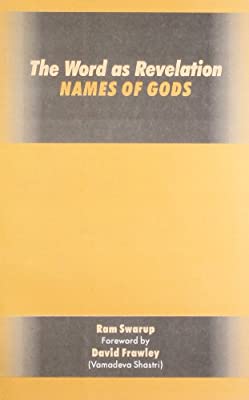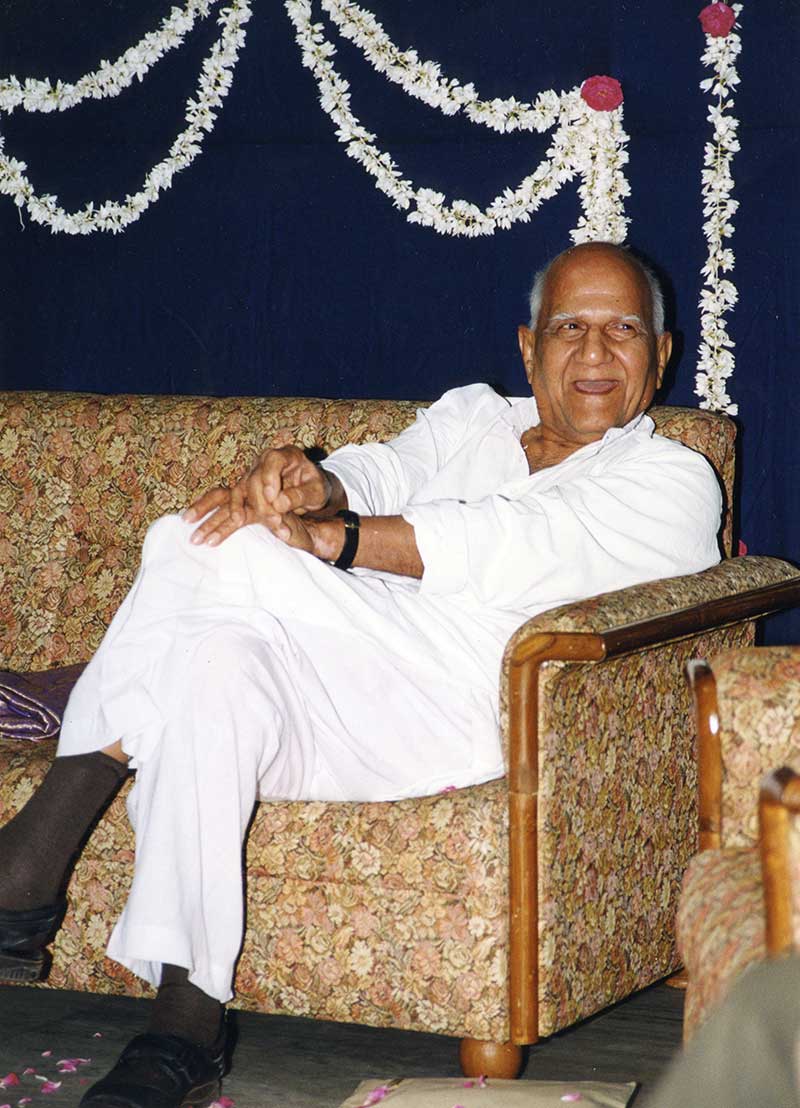- Visitor:72
- Published on:
Vedic Gods: One God: Many Gods: Advaita – Part I
The Hindus do not call their Gods either ‘One’ or ‘Many’. According to them, what they worship is One Reality, Ekam Sat, which is differently named. This Reality is everywhere, in everything, in everything. It is One and Many at the same time and it also transcends them both. Everything is an expression, a play, an image, an echo of this Reality.

In the Vedic approach, there is no single God. This is bad enough. But the Hindus do not have even a supreme God, a fuhrer God who presides over a multiplicity of Gods. If there has to be a plurality of Gods, as is the case in all polytheistic religions, there could at least be a tabulated statement of Gods arranged in some order of superiority and inferiority, each God having some distinctive characteristics of his or her own. But here we have no such thing, no ranking, no order of seniority and precedence, no hierarchy, no recognizable magistracy; it is all anarchy. This melee could not even be called a pantheon – a body of Gods, however disordered (GK. Pan+theos); it is a body of demons and evil spirits, a pandemonium (Pan+daimon).
It seems that the Hindus were either confused about their Gods or that these Gods were not jealous enough to be like the God of the Bible. The Hindus worshipped their Gods in turn with the same supreme epithets. It seems to be like a philanderer wooing several women at the same time with the same vows, promises, and protestations and telling each in turn that she is the only beautiful and true one for him. If they only knew what the man was doing, there would be trouble enough for him! In like manner, if a Hindu God knew what his worshipper was telling his rival God, it would either expose the devotee’s insincerity or the powerlessness of his God!
But there is another approach, quite a different one, which was adopted by the people of the Vedas. According to this approach, “Reality is one but the wise call it by different names; they call him Indra, Mitra, Varuna, Agni, Yama, Matarisvan. Reality is like the Ganges, different villages along its banks are differently named but they are all on the same river; the people drink the same water and their soil is watered and fertilized by the same source.

The reality is like an ocean rolling against different continents; you taste it anywhere, it is the same. The Reality is like a nugget of gold; it is the same at the corners, at the top, or at the bottom or in the middle. Like a lump of sugar, it is sweet at all points. Similarly, whether you go East or West, South or North, you move in the same pervading space and you meet the same truth and principle of things.
The Hindus do not call their Gods either ‘One’ or ‘Many’. According to them, what they worship is One Reality, Ekam Sat, which is differently named. This Reality is everywhere, in everything, in everything. It is One and Many at the same time and it also transcends them both. Everything is an expression, a play, an image, an echo of this Reality.
In Vedic literature, the question of the number of Gods was no point of dispute and agitation no mind. The number could be increased or decreased at will. It all depended on the principle of classification, on the context, and on the viewpoint. In Brhadaranyaka Upanisad, to a repeated question regarding the number of Gods, Yajnavalkya’s answer is first three thousand three hundred and six Gods, then thirty three, then three, then two, then one and a half, then one. But this one’ God of Yajnavalkya was not that of Christian or Muslim theology. For on further questioning, this one God turned out to be “Breath”, Prana, also called “Brahma, the Yon (tyat). Yajnavalkya was speaking the language of the Yoga, the language of the Sadhana of the prana, the spiritual churning of the life-force.
There are two ways of regarding the Godhead. In one approach, God is a Jealous one. He brooks no other. He is Ishmael-like, his hand against everyone and everyone’s hand against him. But in the Vedic concept, all Gods are friends, one and equal. Brahmanaspati is associated with Indra, Soma and Dakshina; they are invoked jointly. The Maruts are requested to come along accompanied, samjagmano, by Indra, and both are called of “equal splendour”, samana varcasa. Indra and Varuna are offered “conjoint praise”, Sadhastuti. They are invoked together. “I invoke you both”, says the worshipper; or, “come Agni with the Maruts”, is the reputed prayer of the devotee in another hymn.
They offer sacrifices to “Indra, Vayu, Brhaspati, Mitra, Agni, Pusana, Bhaga, the Adityas and the Maruts”. They solicit “Mitra and Varuna and Rtu” to be present at their sacrifice.
Western scholars have called the above approach “henotheistic”. Henotheism is a compound of two Greek words and it means “towards one God’. It is supposed to be a progress from the polytheism of primitive tribes and a groping towards the perfection of Semitic monotheism. The Shorter Oxford English Dictionary defines it thus: The belief in a single god without asserting that he is the only God: a stage of belief between polytheism and Monotheism. Webster’s Seventh New Collegiate Dictionary defines it as “the worship of one god without denying the existence of other gods”.
The Hindus need not accept this description of their approach. For, as we have seen, their approach is neither polytheistic, nor henotheistic, nor monotheistic, but advaitic. They worship one Reality, neither many Gods nor One God. But if henotheism also means, as the English dictionaries tell us, a belief in a God without saying that other Gods are false or that that God alone is true, then this word does describe something of the temper of the Vedic and Hindu religion.

This approach to Gods has bred a spirit of religious tolerance and freedom. Ancient Rome, Greece and Egypt – all polytheistic cultures – were relatively free from religious wars though they had their full quota of wars otherwise. Rome, Alexandria and Athens were open places where different religions met and discussed freely. When St. Paul visited Athens, he was invited by the Athenians to speak about his doctrines. He did avail himself of the opportunity but it is obvious that he did not feel at home in this atmosphere of free enquiry. For the compilers of the New Testament say that “the Athenians and strangers which were there spent their time in nothing else, but either to tell, or to hear some new things”.
St. Paul represented not the Sprit’s impatience with what is only cerebral but a passionate attachment to a fixed idea which is closed to wider viewpoints and larger truths of life.
In Polytheistic Rome too, men of different religious persuasions and sects met and built their temples and worshipped in their own way. But this freedom disappeared when Christianity, the religion of One True God, took over.
Monotheism was not always a spiritual idea. In many cases, it was an ideology. It was consolidated in wars and in turn it led to further wars. There were wars between different tribes, each tribe claiming its own God to be supreme. Eventually, the Gods of the tribe that lost in battle were supplanted by Gods of the winning side. Or, sometimes, a tribe exchanged its Gods for power. It accepted the Gods of the conquered people in order to consolidate its power over them. Or, perhaps, there was a larger association to create, an empire to consolidate, or other nations and tribes to conquer, and the idea of a ‘One True God’ was handy in the pursuit of this object. Thus, diplomacy, the sword, systematic vandalism, all played their part in making a particular god supreme. From very early days, the One God of Christianity was bound up with the imperial needs of Rome. In more recent times, the Biblical God has tried to consolidate what the European arms and trade have conquered.
Source : The Word as Revelation : Names of Gods – Ram Swarup, Voice of India
- 36 min read
- 0
- 0










